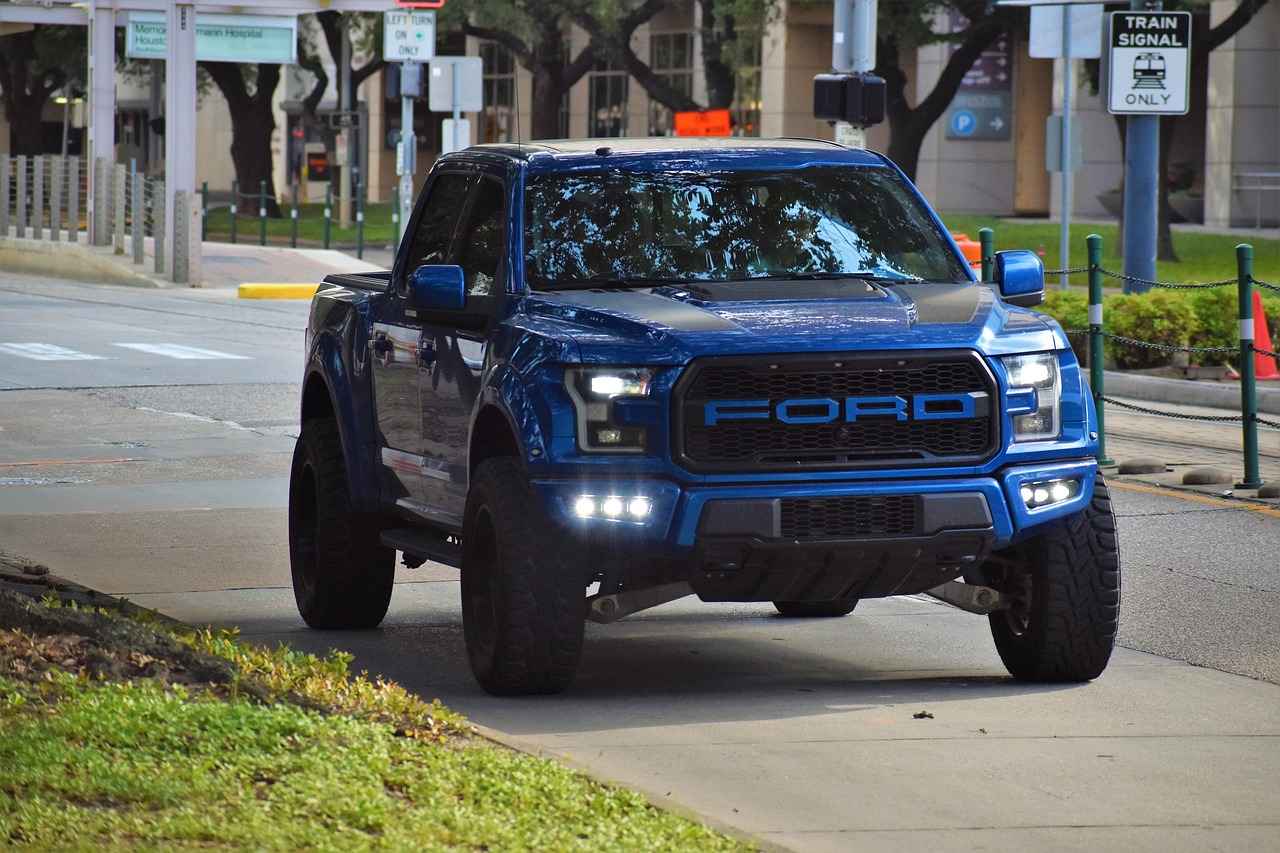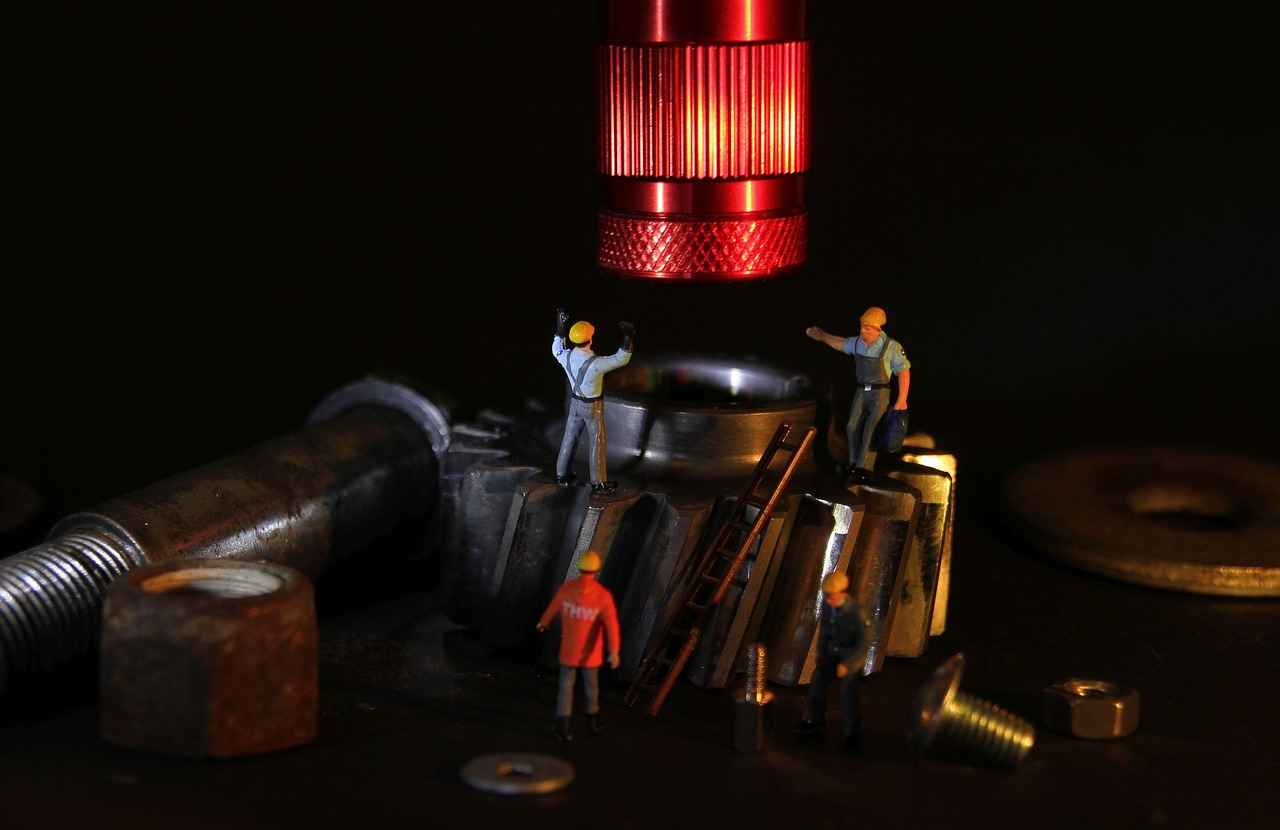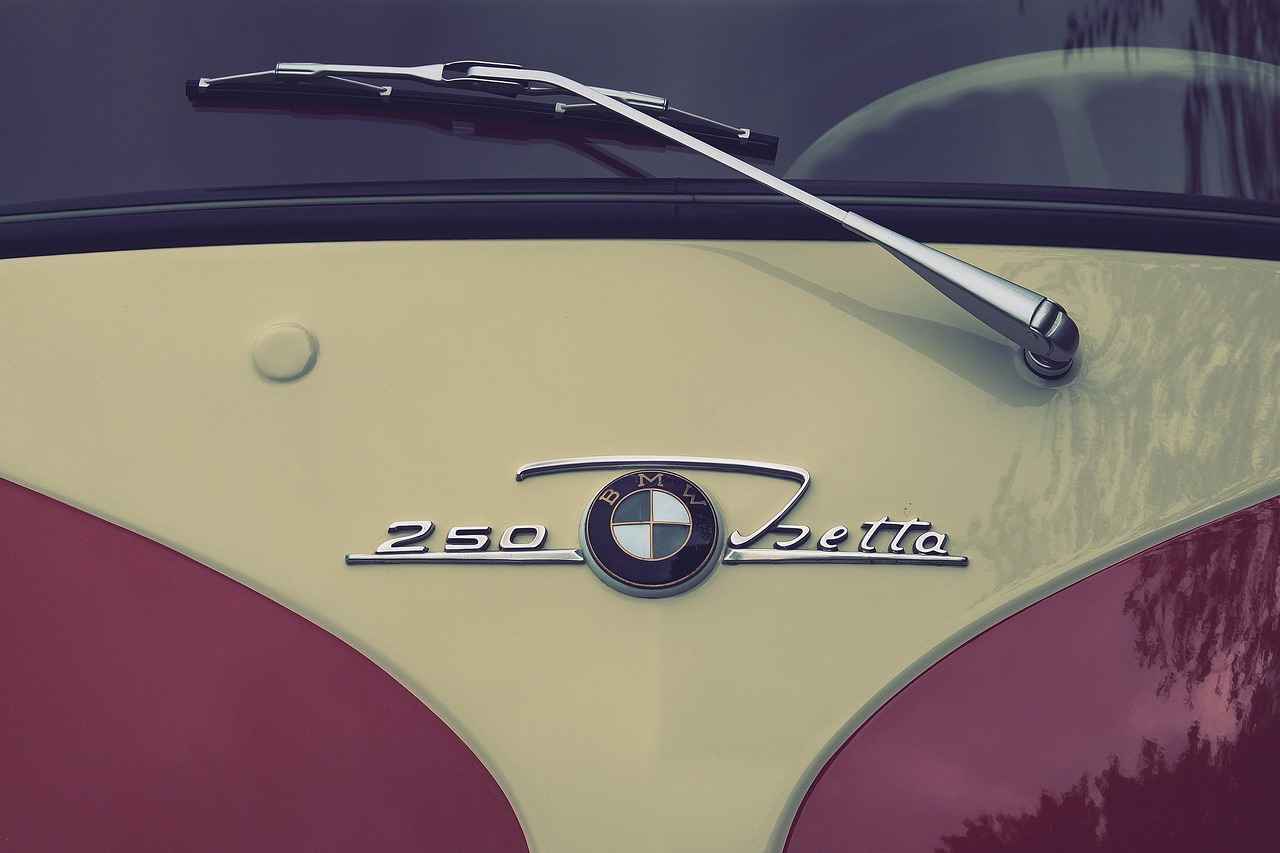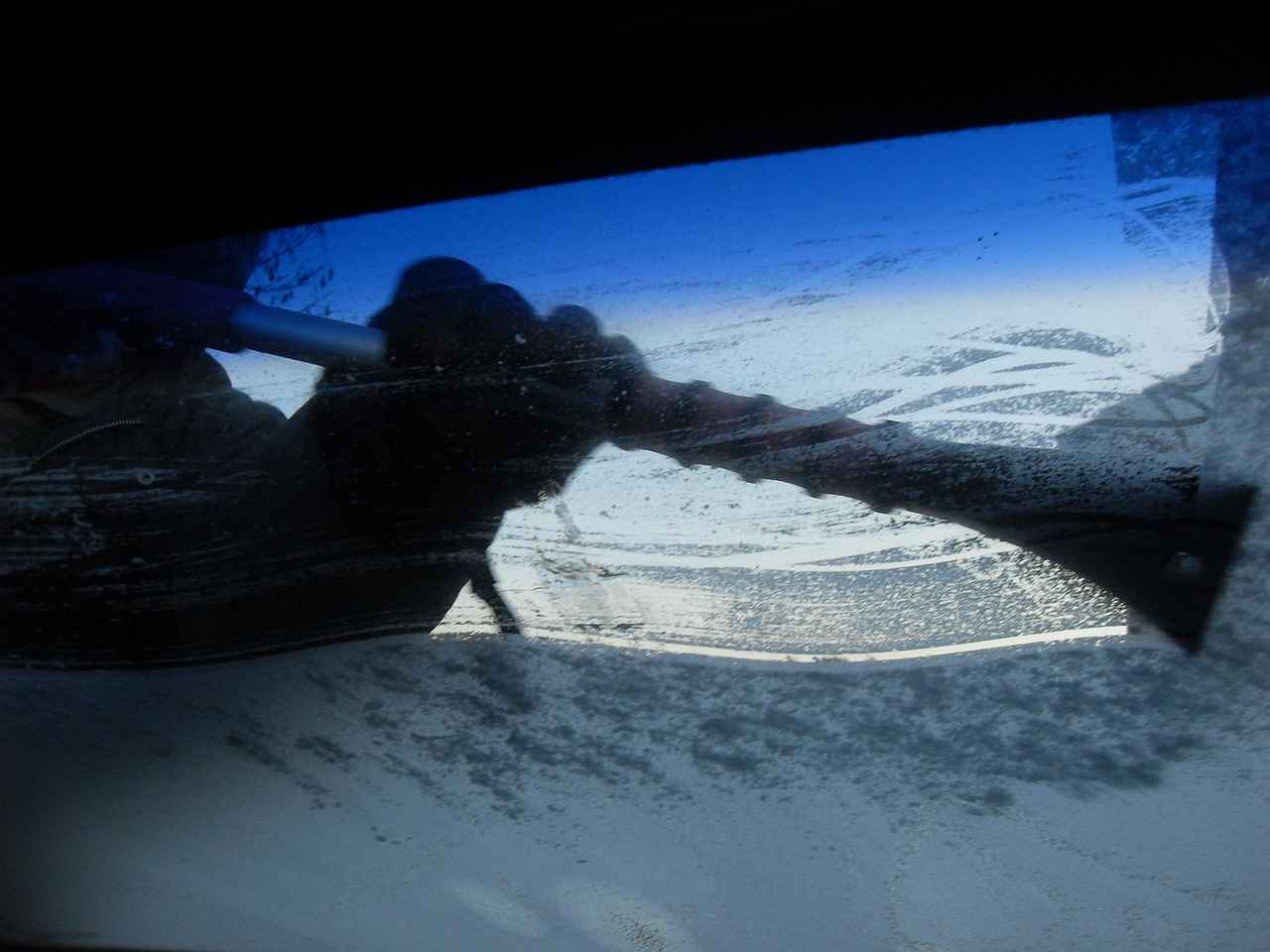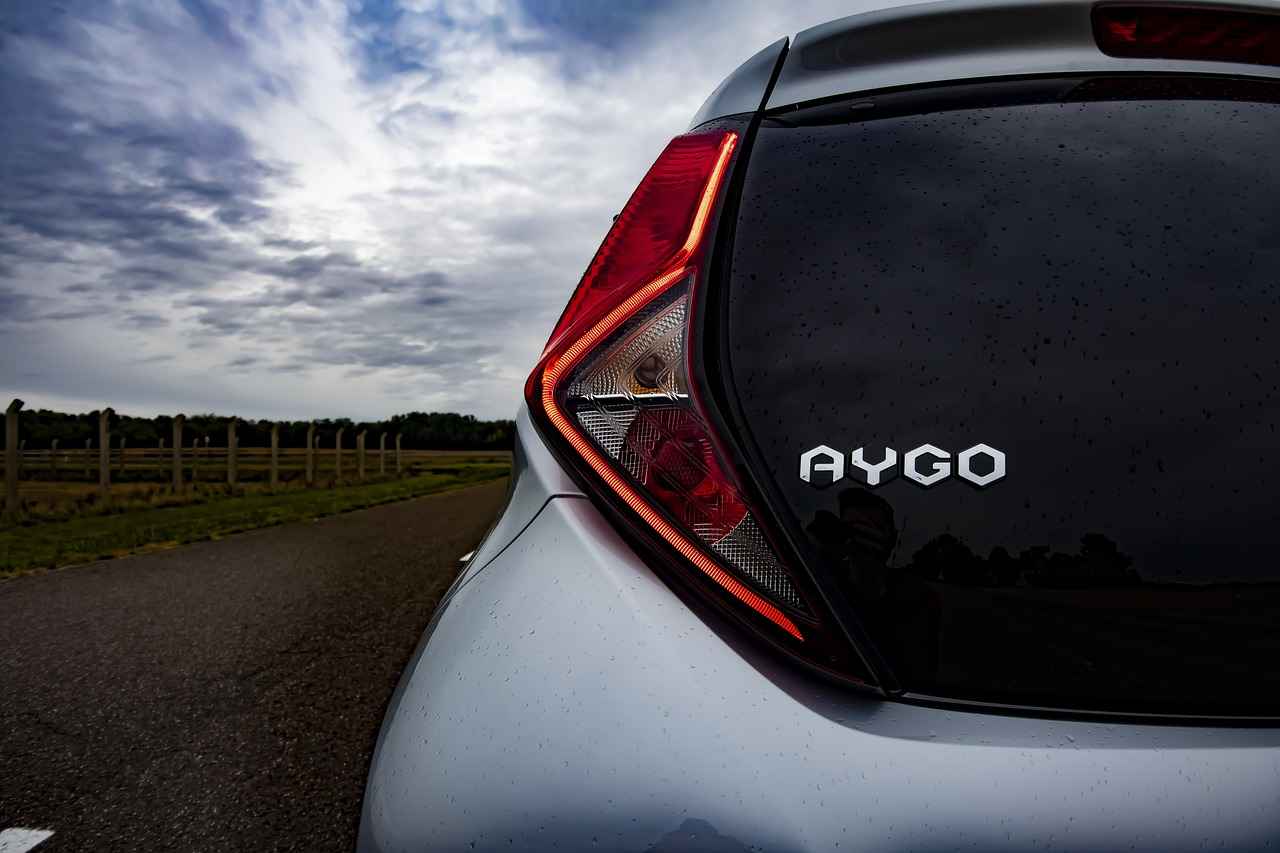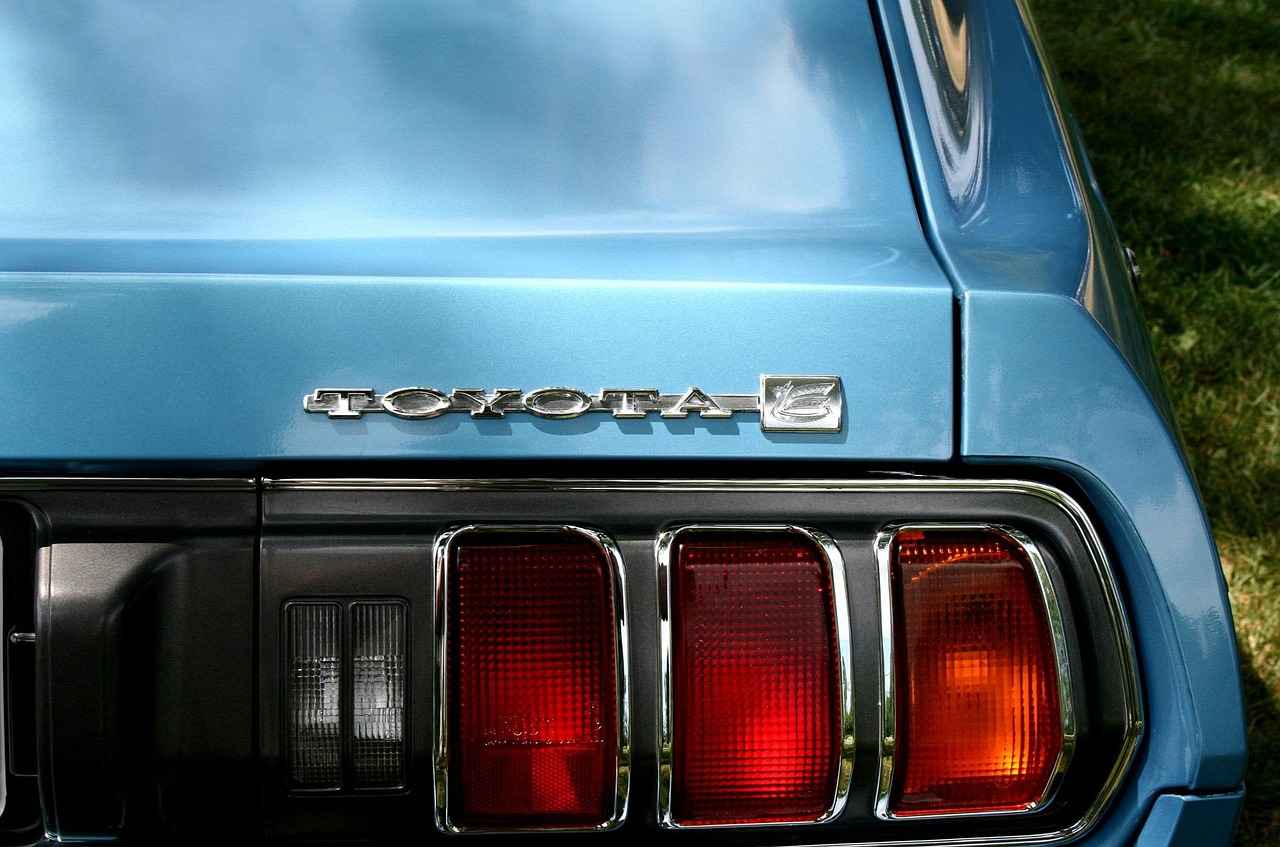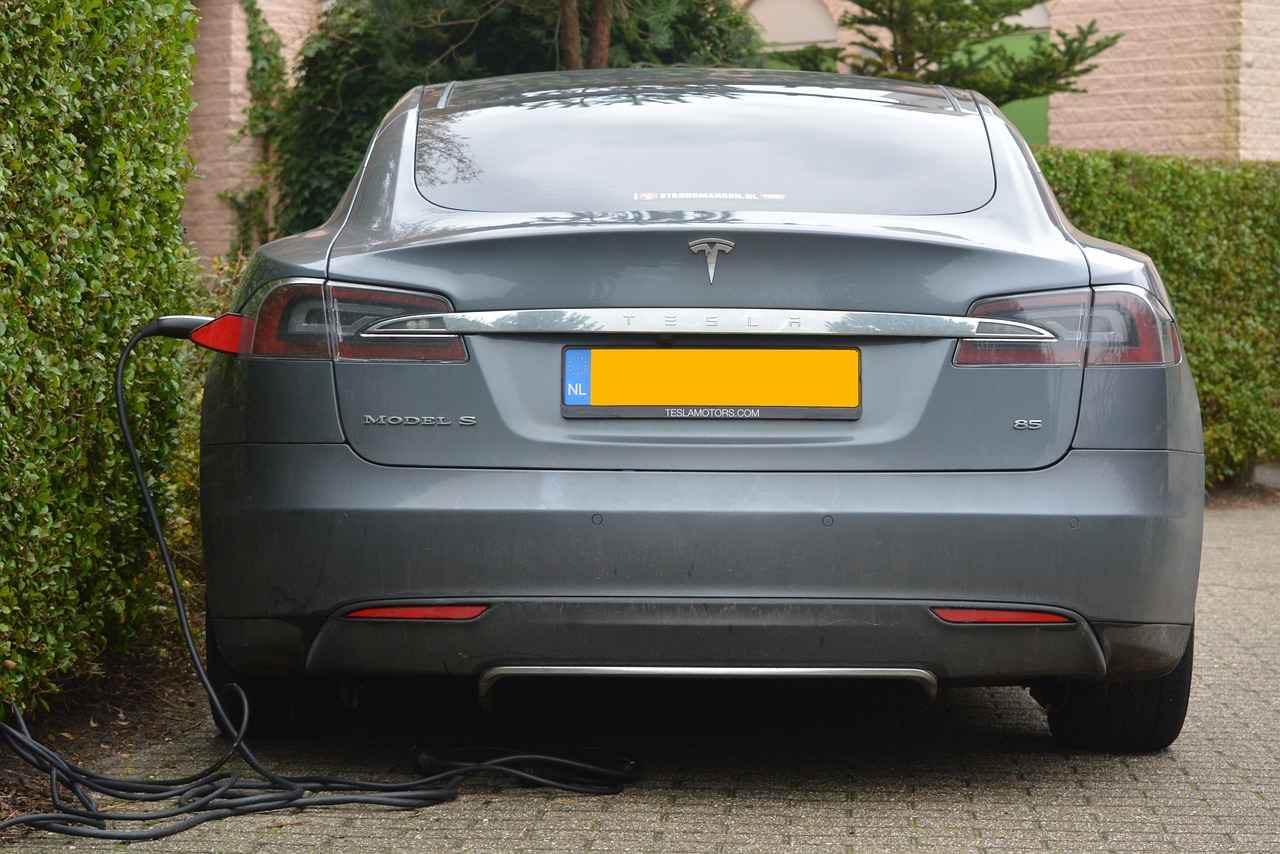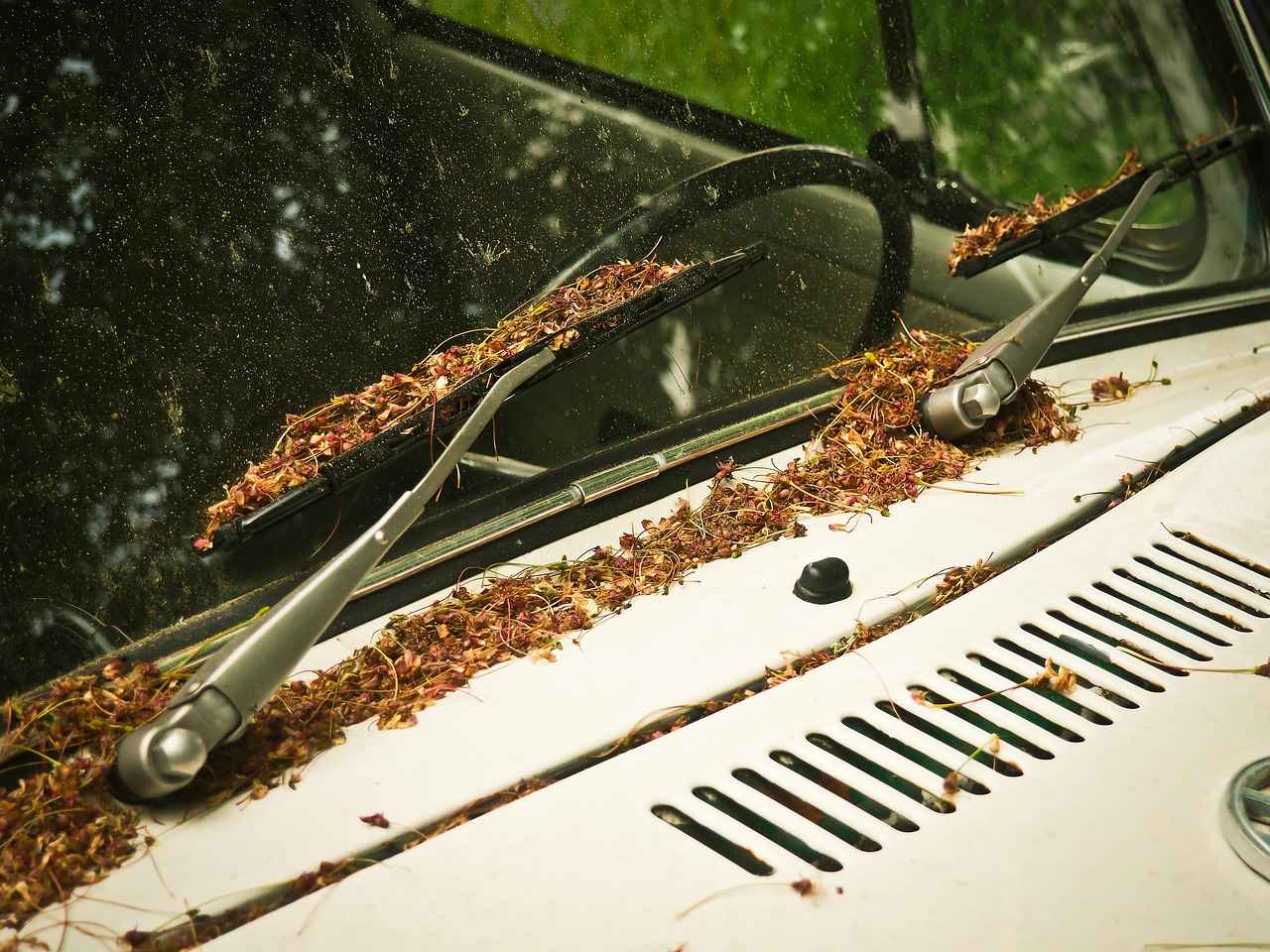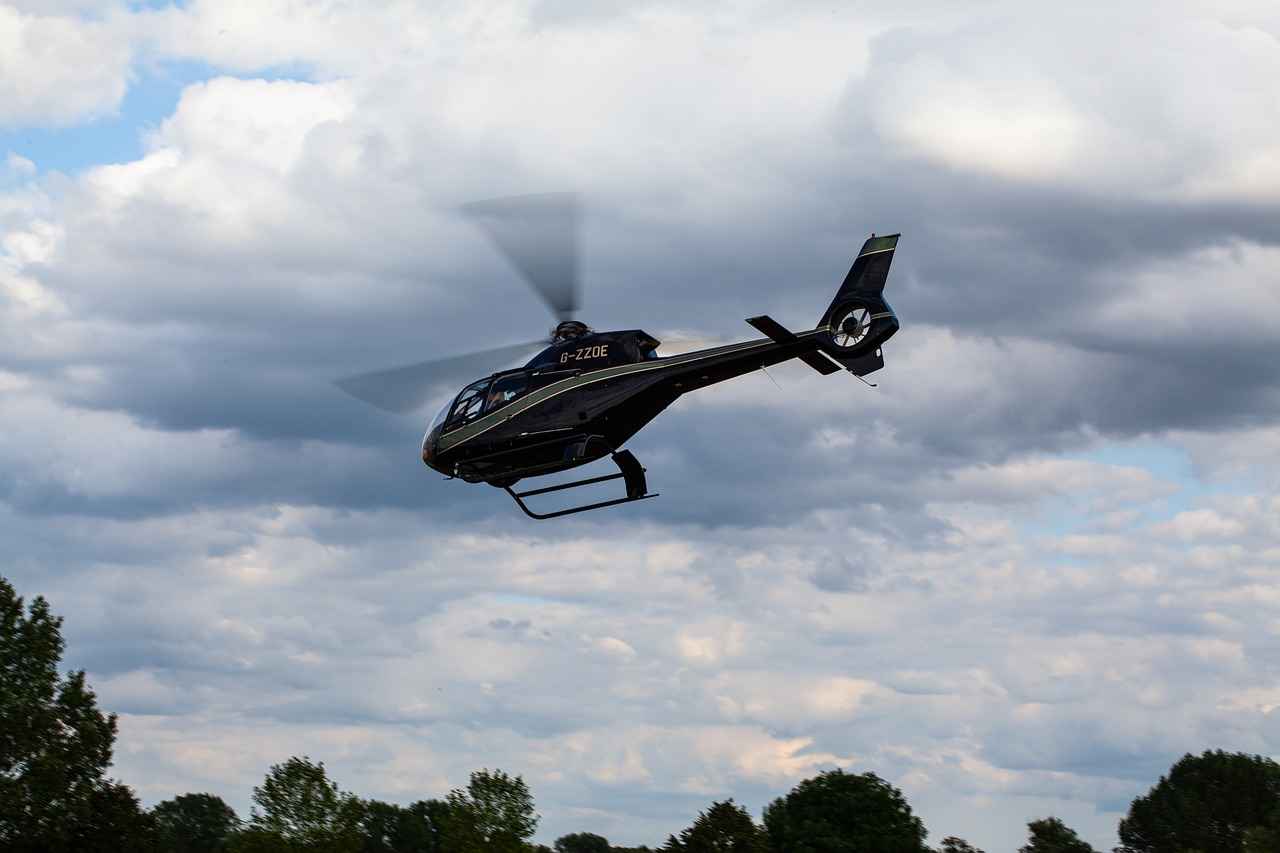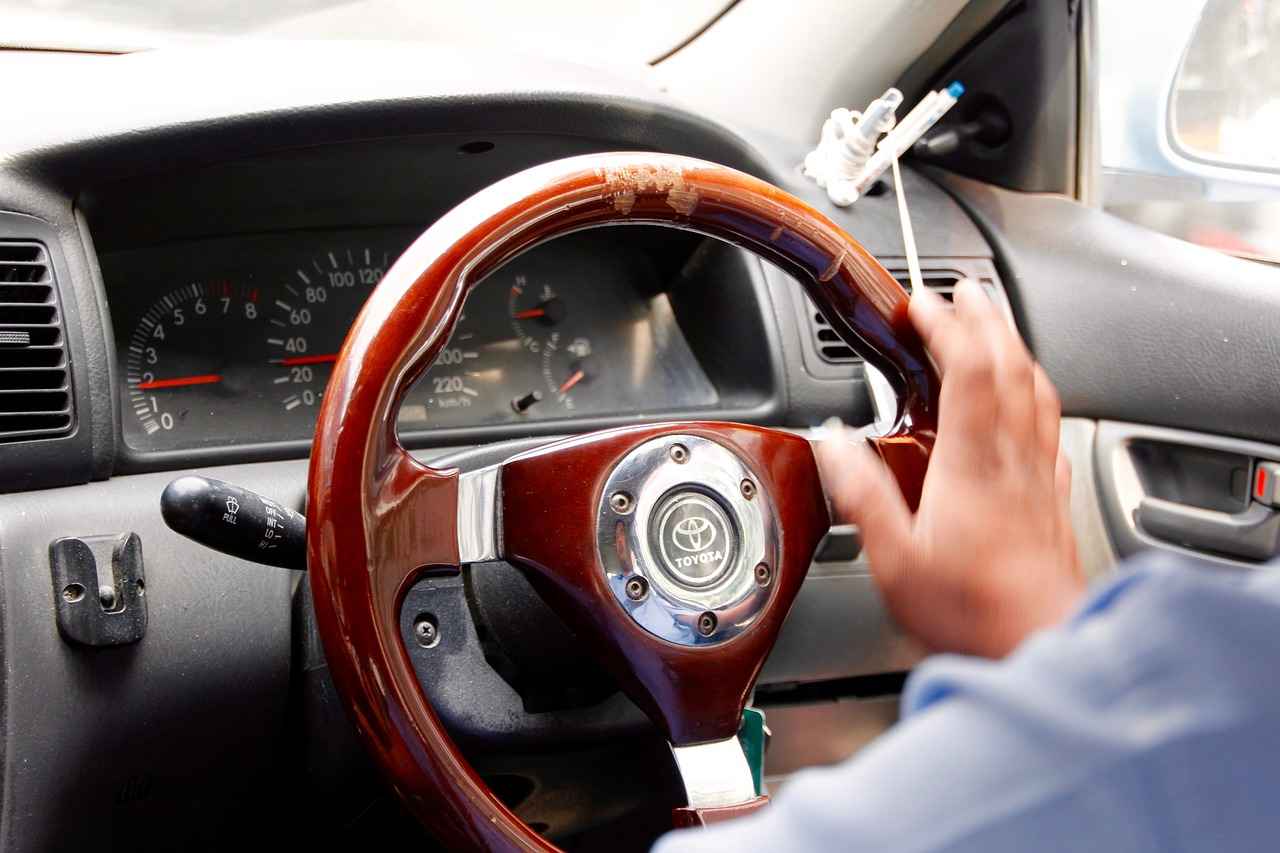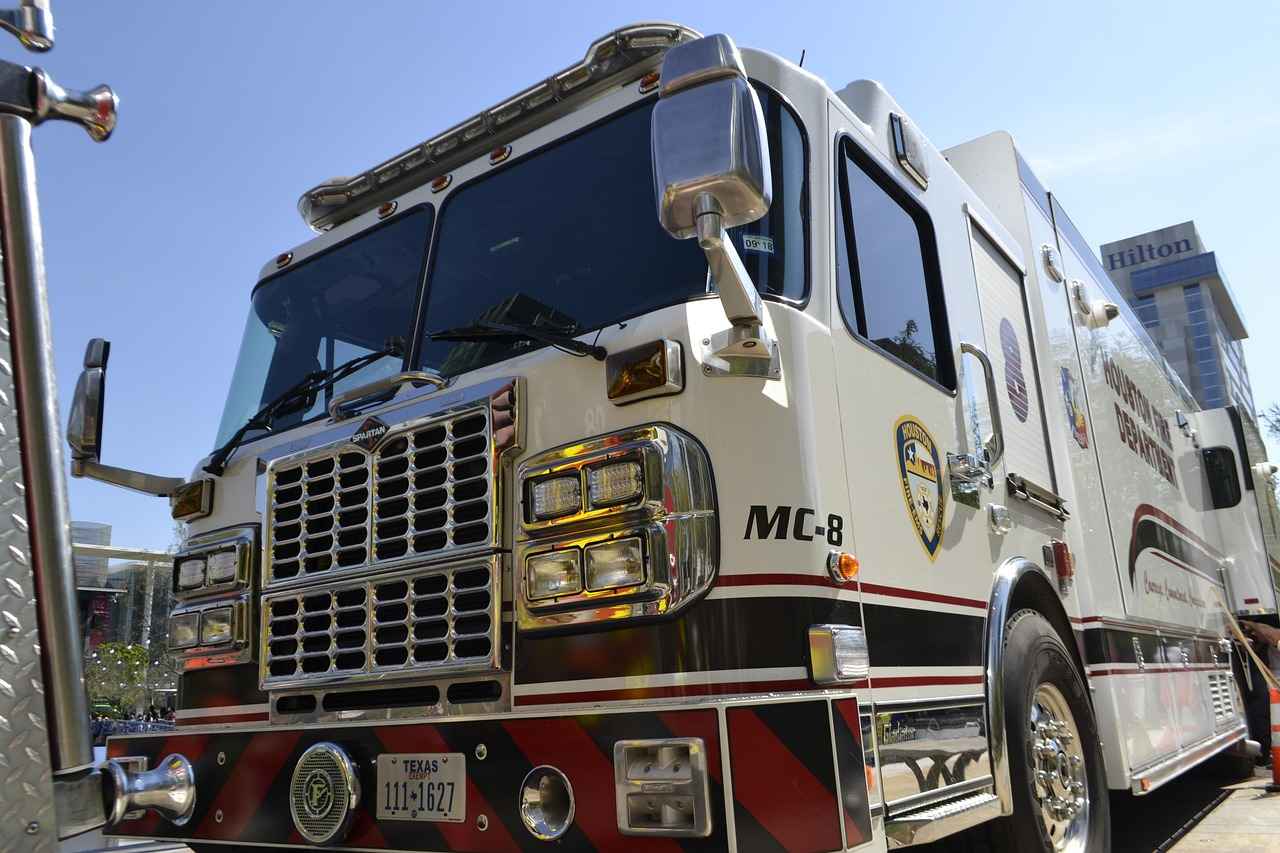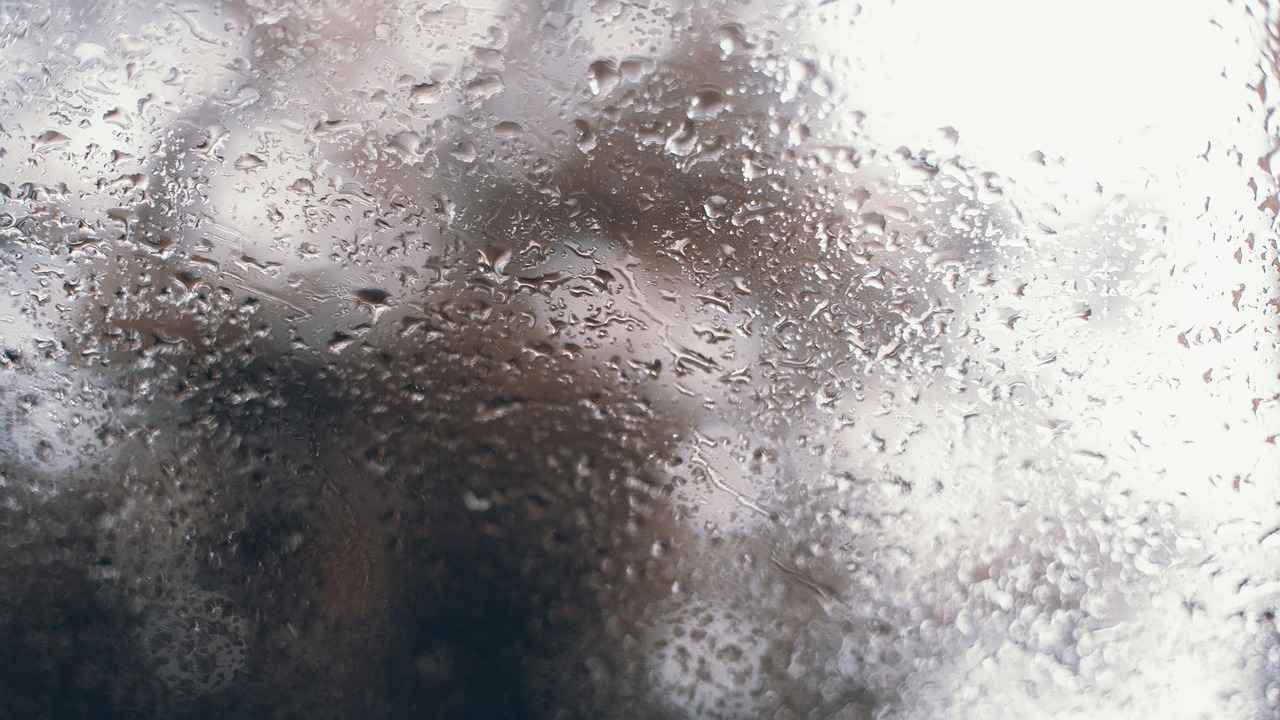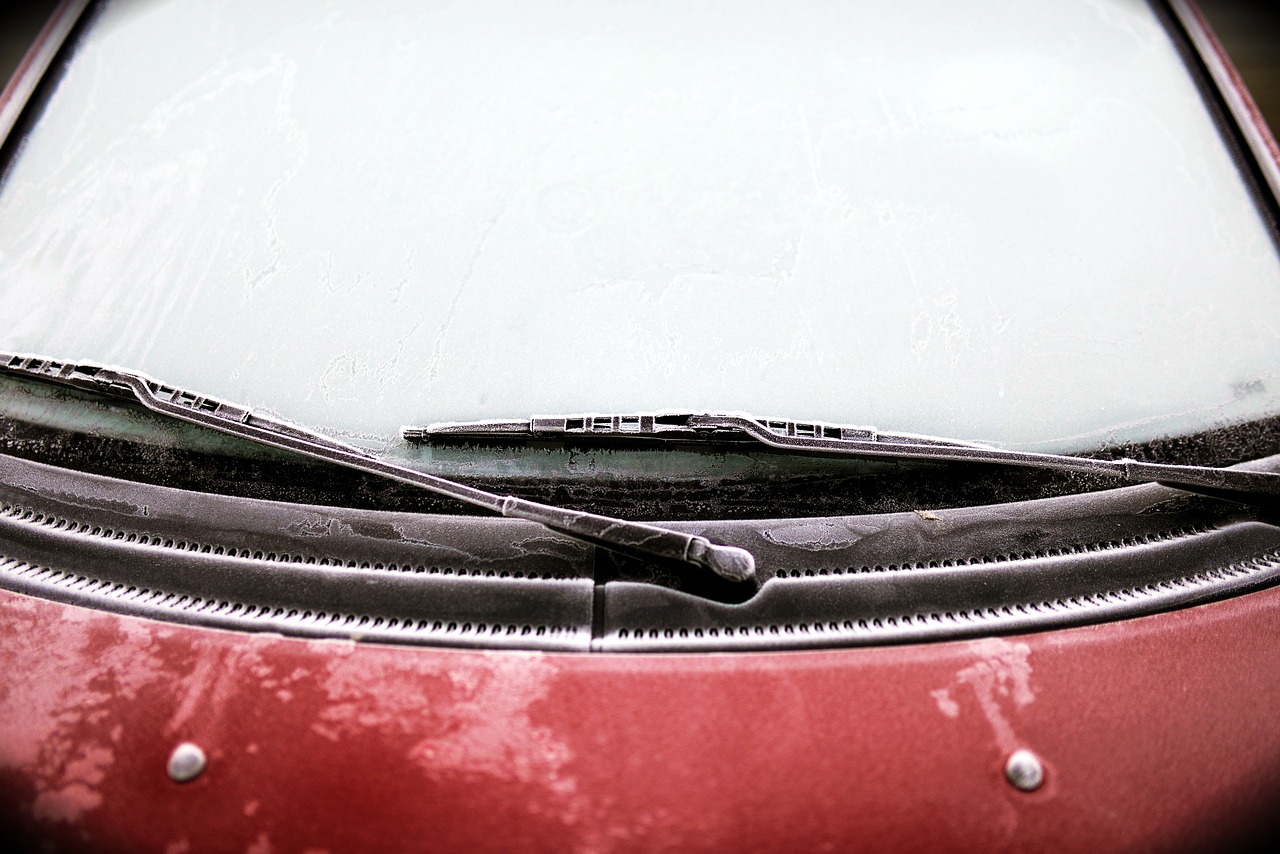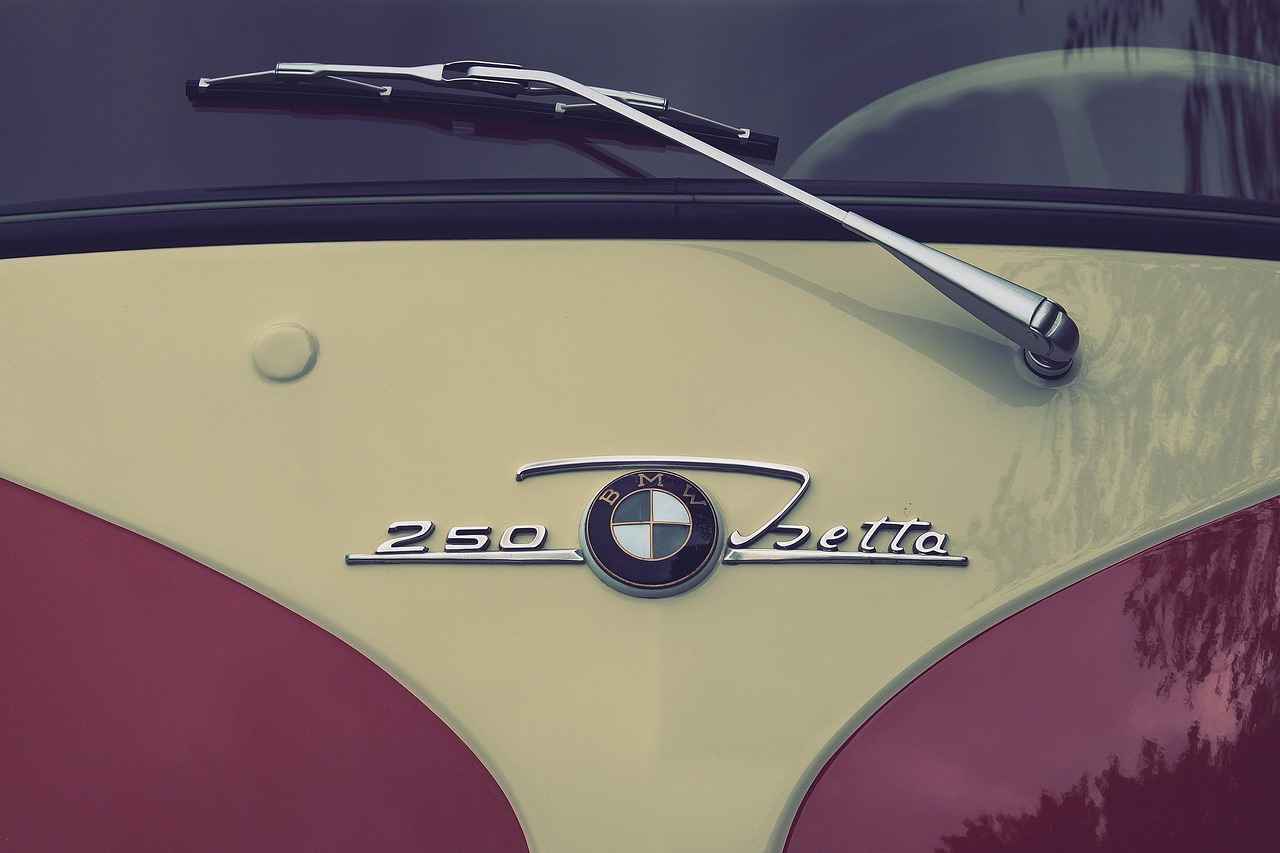Changing your windshield wipers is an essential maintenance task that ensures your safety while driving, especially during inclement weather. This guide will walk you through the process of changing your wipers efficiently, helping you maintain clear visibility on the road.
Regular maintenance of your windshield wipers is critical for safe driving. Over time, wiper blades wear out due to exposure to the elements, leading to decreased performance. Failing to replace worn wipers can result in poor visibility, increasing the risk of accidents.
Identifying when your wipers need replacement is key to ensuring safe driving conditions. Here are some common signs:
- Streaking: If your wipers leave streaks on the windshield, it indicates that the rubber is worn out.
- Skipping: If the blades skip across the glass, they may not be making proper contact.
- Squeaking Sounds: Unusual noises during operation can signal hardened rubber or misalignment.
Regular inspection of your wiper blades can help catch issues early. Look for:
- Cracks or tears in the rubber.
- Any signs of wear that could affect performance.
Clear visibility is essential for safe driving. Worn wipers can lead to accidents, especially during rain or snow. Maintaining your wipers is just as important as checking your tires or brakes.
Selecting the correct replacement wipers is crucial for effective performance. Here are some tips:
To ensure a proper fit, measure the length of your existing wiper blades. This will help you select the right size for your vehicle.
There are various types of wiper blades, including:
- Conventional Blades: These are the traditional style and are widely available.
- Beam Blades: These are designed for better contact with the windshield, providing superior performance.
- Hybrid Blades: Combining features of both conventional and beam blades, these offer versatility and efficiency.
Follow these steps for a hassle-free wiper replacement:
- Gather Your Tools: You will need new wiper blades and possibly a flathead screwdriver.
- Lift the Wiper Arm: Gently pull the wiper arm away from the windshield.
- Remove the Old Blade: Locate the release tab on the wiper blade and press it to detach the old blade.
- Attach the New Blade: Align the new blade with the arm and press it until you hear a click.
- Lower the Wiper Arm: Carefully return the wiper arm to its original position.
To prolong the life of your wipers, consider the following tips:
- Regularly clean your wiper blades with a soft cloth.
- Avoid using your wipers on a dry windshield.
- Replace your wipers at least once a year or as needed.
By following this guide, you can ensure that your windshield wipers are in top condition, providing you with the visibility you need for safe driving.

Why Should You Change Your Windshield Wipers Regularly?
Maintaining clear visibility while driving is essential for safety, especially during adverse weather conditions. One of the most critical components in achieving this is your vehicle’s windshield wipers. Regularly changing your windshield wipers is not just a matter of convenience; it is a crucial aspect of vehicle maintenance that can significantly enhance your driving experience.
Windshield wipers are designed to clear rain, snow, and debris from your windshield, ensuring that you can see clearly while driving. Over time, however, the rubber blades can wear out, leading to reduced performance. Here are some compelling reasons why you should prioritize changing your windshield wipers regularly:
- Enhanced Visibility: Worn-out wipers can leave streaks or smudges on your windshield, obstructing your view. This is particularly dangerous during heavy rain or snow.
- Increased Safety: Clear visibility is vital for safe driving. Poorly functioning wipers can lead to accidents, as you may not see obstacles or other vehicles in time.
- Cost-Effective Maintenance: Regularly replacing wipers is a small investment compared to the potential costs of accidents caused by impaired visibility.
Identifying when your wipers need replacement can prevent dangerous driving conditions. Here are some common signs that indicate it’s time for a replacement:
- Streaking: If your wipers leave streaks on the windshield, it is a clear indication that the rubber blades are worn out.
- Skipping: Wipers that skip across the glass instead of moving smoothly may be misaligned or damaged.
- Unusual Noises: If you hear squeaking or grinding sounds, it may indicate that the rubber has hardened or the wiper arm is misaligned.
Regular inspection of your wiper blades can help you catch wear and tear early. Look for any cracks or tears in the rubber material. If you notice any damage, it’s time to replace them.
Clear visibility is essential for safe driving. Worn wipers can lead to accidents during rain or snow, emphasizing the need for regular maintenance. Always ensure your wipers are in good condition, especially before the rainy season.
Choosing the correct replacement wipers is essential for effective performance. Here are some tips to help you select the right ones:
- Measure Your Wiper Blades: To select the right size, measure the length of the existing wiper blades. This ensures that the new blades will fit properly and function effectively.
- Understand the Types of Wiper Blades: There are various types of wiper blades, including conventional, beam, and hybrid. Understanding their differences can help you choose the best option for your needs.
In conclusion, regularly changing your windshield wipers is a simple yet vital task that can greatly enhance your safety on the road. By recognizing the signs that indicate a need for replacement and understanding how to choose the right wipers, you can ensure optimal visibility and safety in all driving conditions.

What Are the Signs That Your Wipers Need Replacement?
When it comes to driving, ensuring that your visibility is at its best is crucial. Windshield wipers play a vital role in maintaining clear sightlines, especially during adverse weather conditions. Understanding when to replace your wipers can prevent dangerous situations on the road. Below, we explore the key signs that indicate your wipers may need replacement.
Identifying when your wipers require replacement is essential for safe driving. Common signs that indicate it’s time for a change include:
- Streaking on the Windshield: If you notice streaks left behind after wiping, it indicates that the rubber blades are worn out. This can severely impair visibility, especially during rain.
- Skipping or Jumping: Wipers that skip or jump across the windshield are not making proper contact with the glass. This can be a sign of misalignment or wear, which needs to be addressed promptly.
- Squeaking Sounds: Unusual noises such as squeaking or grinding can indicate that the rubber has hardened. This not only affects the performance but can also scratch your windshield.
- Cracks or Tears: Regularly inspect your wiper blades for any visible damage. Cracks or tears in the rubber can lead to ineffective wiping and should be replaced immediately.
- Age of the Wipers: Even if your wipers appear to be functioning well, consider their age. Most wipers should be replaced every six months to a year, depending on usage and environmental conditions.
Ignoring the signs of worn-out wipers can lead to dangerous driving conditions. Clear visibility is essential for safe driving, particularly during rain or snow. Worn wipers can significantly increase the risk of accidents, as they fail to clear water effectively from the windshield. Furthermore, using damaged wipers can lead to scratches on the glass, which may require expensive repairs.
To extend the life of your windshield wipers, consider the following maintenance tips:
- Regular Cleaning: Clean your wiper blades with a soft cloth and a mild detergent. This helps remove dirt and debris that can cause wear.
- Use Proper Wiper Fluid: Ensure that your windshield washer fluid is filled and appropriate for your climate. This can help keep your windshield clean and reduce strain on the wipers.
- Avoid Using Wipers on Dry Glass: Using wipers on a dry windshield can cause unnecessary wear and tear. Always ensure there is moisture on the glass before using them.
When it’s time to replace your wipers, selecting the right ones is crucial for effective performance. Consider the following:
- Size: Measure the length of your existing wiper blades to ensure a proper fit.
- Type: Familiarize yourself with the different types of wiper blades available, such as conventional, beam, and hybrid. Each type has its own advantages and suitability depending on your vehicle and driving conditions.
- Brand: Opt for reputable brands that are known for their quality and durability. Reading customer reviews can also help in making an informed decision.
By being vigilant about the condition of your windshield wipers and addressing any signs of wear promptly, you can enhance your driving safety and ensure a clearer view of the road ahead.
Streaking on the Windshield
is more than just an annoyance; it can significantly compromise your safety while driving. When you notice streaks on your windshield, it is a clear indication that your wiper blades are worn out and failing to make proper contact with the glass surface. This situation can severely impair visibility, especially during rain or adverse weather conditions.
Understanding the causes of streaking can help you address the issue promptly. Worn-out rubber blades may not effectively clear water, leaving behind streaks that can obstruct your view. This is particularly dangerous, as it can lead to accidents if you cannot see the road clearly. Regular maintenance and timely replacement of your wipers are essential for safe driving.
Wiper blades are subjected to various environmental factors, including UV rays, extreme temperatures, and moisture. Over time, these elements can cause the rubber to crack, harden, or become misshapen, resulting in ineffective wiping action. Regular use also contributes to wear and tear, making it crucial to check your wipers frequently for signs of damage.
- Visual Inspection: Look for cracks, tears, or uneven edges on the rubber blades. Any visible damage is a sign that replacement is necessary.
- Performance Issues: If your wipers leave streaks, skip across the windshield, or make unusual noises during operation, it’s time to consider new blades.
- Age of Wipers: Generally, wiper blades should be replaced every 6 to 12 months, depending on usage and environmental conditions.
Neglecting to replace worn wiper blades can lead to several issues:
- Reduced Visibility: Streaks can obstruct your view, making it difficult to see other vehicles, traffic signals, and road conditions.
- Increased Risk of Accidents: Poor visibility can lead to dangerous driving situations, increasing the likelihood of collisions.
- Damage to Windshield: Worn blades may scratch the glass, leading to costly repairs.
To prolong the life of your wiper blades and ensure optimal performance, consider the following maintenance tips:
- Regular Cleaning: Clean the blades with a damp cloth to remove dirt and debris that can cause streaking.
- Check the Wiper Mechanism: Ensure that the wiper arms are properly aligned and functioning smoothly.
- Store Your Vehicle in a Garage: Protecting your vehicle from harsh weather can help extend the lifespan of your wipers.
In summary, is a critical indicator of worn wiper blades that require immediate attention. Regular inspections and timely replacements can enhance your driving safety and ensure clear visibility in all weather conditions. Remember, investing in quality wiper blades and maintaining them properly can make all the difference on the road.
Inspecting the Wiper Blades
is a critical task that should not be overlooked. Regular maintenance of your vehicle’s wiper blades ensures that you maintain optimal visibility, especially during adverse weather conditions. By conducting thorough inspections, you can identify any signs of wear and tear early, preventing potentially dangerous driving situations.
When inspecting your wiper blades, focus on the following key aspects:
- Visual Inspection: Examine the rubber edges of the blades for any cracks, tears, or deformation. These defects can significantly reduce the effectiveness of the wipers.
- Check for Streaking: If your wipers leave streaks on the windshield, it may indicate that the rubber is worn out or contaminated. This can obstruct your view during rain, making it essential to address.
- Listen for Unusual Noises: Pay attention to any squeaking or grinding sounds while the wipers are in use. Such noises can suggest that the blades are not gliding smoothly across the glass, often due to hardened rubber or misalignment.
- Evaluate Wiper Performance: Test the wipers in different weather conditions. If they fail to clear water effectively or leave behind patches, it’s time for a replacement.
In addition to these checks, consider the age of your wiper blades. Most manufacturers recommend replacing them every six months to a year, depending on usage and environmental factors. If your blades are older than this, they are more likely to show signs of wear, even if they appear visually intact.
Furthermore, it’s essential to clean your wiper blades regularly. Dirt, debris, and grime can accumulate on the rubber, causing it to wear prematurely. Use a soft cloth or sponge with soapy water to gently clean the blades, ensuring they remain in good condition.
For those living in regions with harsh climates, such as extreme heat or cold, the importance of regular inspections cannot be overstated. In hot weather, rubber can dry out and crack, while in cold conditions, they may freeze to the windshield, leading to damage when you attempt to use them. By being proactive and inspecting your wiper blades, you can enhance your safety on the road.
In conclusion, regular inspections of your wiper blades are vital for ensuring clear visibility and safe driving. By looking for cracks, tears, and performance issues, you can address potential problems before they lead to dangerous situations. Make it a habit to check your wipers regularly, and don’t hesitate to replace them when necessary. Your safety is worth the effort.
Understanding the Importance of Clear Visibility
Clear visibility is not just a luxury; it is a necessity for safe driving. When behind the wheel, every driver must be able to see the road ahead, especially in challenging weather conditions. Worn windshield wipers can severely impair this visibility, leading to potentially dangerous situations. It is crucial to understand the importance of maintaining effective wipers, as they play a vital role in ensuring that your windshield remains clear during rain, snow, or sleet.
Driving with ineffective wipers can lead to a range of issues. For instance, during a heavy downpour, worn wipers may leave streaks on the windshield, obstructing your view and increasing the risk of accidents. Additionally, if the rubber blades are cracked or damaged, they can fail to clear water effectively, causing further visibility issues. This is why regular maintenance and timely replacement of windshield wipers are essential.
What Are the Risks of Poor Visibility?
- Increased Accident Risk: Poor visibility due to ineffective wipers can lead to a higher likelihood of accidents. Drivers may not see pedestrians, road signs, or other vehicles in time to react.
- Legal Consequences: Driving with compromised visibility can lead to traffic violations and fines, as it poses a danger to both the driver and others on the road.
- Insurance Implications: In the event of an accident caused by poor visibility, insurance companies may scrutinize the condition of your wipers, potentially affecting claims.
How Often Should You Replace Your Wipers?
Experts recommend checking your windshield wipers at least twice a year and replacing them every six to twelve months, depending on usage and environmental conditions. Factors such as exposure to sunlight, extreme temperatures, and frequent use can accelerate wear and tear. Regular inspections can help you catch any signs of deterioration early, ensuring that you are always prepared for adverse weather.
Signs That Indicate Wiper Replacement
- Streaking: If your wipers leave streaks on the windshield, it is a clear sign that the rubber is worn out.
- Skipping: Wipers that skip across the glass rather than gliding smoothly indicate they need to be replaced.
- Squeaking Sounds: Unusual noises during operation can signal that the rubber has hardened or that there is an alignment issue.
Maintaining clear visibility is not just about comfort; it is about safety. Investing time in checking and replacing your windshield wipers can significantly enhance your driving experience and protect you from potential hazards. By prioritizing this aspect of vehicle maintenance, you are taking a proactive step towards ensuring your safety and the safety of others on the road.
Unusual Noises When Wiping
When it comes to driving, ensuring a clear view of the road is paramount. One aspect that often goes unnoticed until it’s too late is the condition of your windshield wipers. Unusual noises when the wipers are in operation can be a significant indicator that something is amiss. Understanding these noises and their implications is crucial for maintaining road safety.
If your windshield wipers emit squeaking or grinding noises, it typically signifies that the rubber blades have either hardened or deteriorated over time. This hardening can occur due to prolonged exposure to sunlight, extreme temperatures, or simply due to age. In some cases, the issue may not solely be with the wiper blades but could also involve a misalignment of the wiper arm.
Ignoring unusual wiper sounds can lead to several problems:
- Reduced Visibility: If the wipers are not functioning correctly, they may leave streaks or fail to clear water effectively, impairing your vision during rain.
- Damage to Windshield: Grinding noises may indicate that the metal part of the wiper is scraping against the glass, potentially leading to scratches.
- Increased Replacement Costs: Prolonging the replacement of worn wipers can lead to further damage, requiring more expensive repairs down the line.
To accurately diagnose the cause of the noise, follow these steps:
- Visual Inspection: Check the wiper blades for any visible signs of wear, such as cracks or tears.
- Test the Wipers: Run the wipers while listening closely. Identify if the noise is consistent or intermittent.
- Check Alignment: Ensure that the wiper arms are properly aligned. Misalignment can cause uneven pressure on the blades.
It is advisable to replace your wiper blades at least once a year, or sooner if you notice:
- Streaking: If the wipers leave streaks, it’s a sign that the rubber is no longer making adequate contact with the windshield.
- Skipping: If the wipers skip across the glass instead of gliding smoothly, they may need replacement.
- Visible Damage: Any signs of cracking or splitting in the rubber should prompt an immediate change.
When it comes time to replace your wipers, consider the following:
- Size: Ensure that you get the correct size for your vehicle. Most auto parts stores can help you find the right fit.
- Type: Decide between conventional, beam, or hybrid wipers based on your driving conditions and preferences.
- Brand: Opt for reputable brands that offer warranties and have good customer reviews.
In conclusion, paying attention to the sounds your windshield wipers make is essential for ensuring safety on the road. If you hear squeaking or grinding noises, it’s crucial to investigate the issue promptly. Regular maintenance and timely replacements can help you maintain clear visibility and prevent further vehicle damage.

How to Choose the Right Replacement Wipers?
Choosing the right replacement wipers is a crucial step in ensuring your vehicle’s optimal performance, particularly when it comes to visibility during adverse weather conditions. Selecting the appropriate wipers involves considering several key factors, including size, type, and brand. This guide will help you navigate through the selection process to ensure compatibility with your vehicle.
The size of your wiper blades is fundamental to their effectiveness. If the blades are too short, they won’t cover the entire windshield, leaving areas that obstruct your view. Conversely, blades that are too long may not fit properly, leading to potential damage or ineffective wiping. To determine the correct size:
- Measure the Existing Blades: Use a measuring tape to find the length of your current wipers.
- Consult Your Vehicle Manual: Most manuals will specify the correct blade sizes.
- Online Resources: Websites and auto parts stores often have tools to help you identify the right size based on your vehicle’s make and model.
Understanding the different types of wiper blades available can significantly impact your choice. Here are the main categories:
- Conventional Blades: These are the traditional style wipers, consisting of a rubber blade attached to a metal frame.
- Beam Blades: Designed to provide better contact with the windshield, beam blades are made of a single, flexible piece of rubber that conforms to the glass.
- Hybrid Blades: Combining features of both conventional and beam blades, hybrid blades offer enhanced performance and durability.
Each type has its advantages, so consider your driving conditions and preferences when making a choice.
Brand selection is another vital aspect of choosing replacement wipers. Opting for reputable brands can ensure quality and durability. Here are some tips for selecting a brand:
- Research Reviews: Look for customer reviews and ratings online to gauge the performance of different brands.
- Consider OEM vs. Aftermarket: Original Equipment Manufacturer (OEM) parts are made by the vehicle’s manufacturer, while aftermarket parts may offer more variety and potentially lower prices.
- Warranty and Support: A good warranty can provide peace of mind and indicate the manufacturer’s confidence in their product.
Ensuring that the wipers you choose are compatible with your vehicle is essential for effective performance. Incompatible wipers can lead to:
- Poor Visibility: Wipers that don’t fit correctly may not clear the windshield effectively, compromising safety.
- Increased Wear and Tear: Incorrectly sized blades can cause unnecessary strain on the wiper motor and other components.
- Noise and Vibration: Wipers that are not aligned properly can create annoying sounds and vibrations during operation.
In summary, choosing the right replacement wipers requires careful consideration of size, type, and brand to ensure compatibility with your vehicle. Regular maintenance and timely replacements not only enhance visibility but also contribute to safer driving experiences.
Measuring Your Wiper Blades
When it comes to ensuring your windshield wipers function effectively, accurately is essential. This process not only guarantees a proper fit but also enhances the overall performance of your new wipers. Taking the time to measure can prevent unnecessary purchases and ensure safety while driving.
Choosing the right size for your windshield wipers is crucial. If the blades are too short, they won’t cover the entire windshield, leaving spots that can obstruct your view. Conversely, if they are too long, they may not attach securely, risking detachment during use. Thus, accurate measurement is the first step toward ensuring optimal visibility and safety.
- Gather Your Tools: You will need a measuring tape or ruler for this task. A pen and paper can also be helpful for noting down your measurements.
- Lift the Wiper Arm: Start by lifting the wiper arm away from the windshield. Ensure it is in a vertical position to get an accurate measurement.
- Measure the Blade Length: Measure from one end of the blade to the other. Be sure to measure the rubber part of the blade only, excluding any metal or plastic components.
- Record Your Measurements: Write down the length you measured in inches or centimeters, depending on your preference. This will be your guide for purchasing new blades.
If you’re unable to measure the blades directly, you can also consult your vehicle’s manual or check online resources for the correct size. Many auto parts stores offer tools that can assist with this as well. However, direct measurement is always the most reliable method.
Once you have the correct measurements, it’s time to explore the different types of wiper blades available:
- Conventional Blades: These are the traditional style wipers that consist of a rubber blade attached to a metal frame.
- Beam Blades: Known for their aerodynamic design, these blades provide better contact with the windshield and are less prone to ice buildup.
- Hybrid Blades: Combining features of both conventional and beam blades, hybrids offer an effective solution for various weather conditions.
When selecting wiper blades, consider reputable brands that offer quality products. Reading reviews and comparing features can help you make an informed decision. Brands like Bosch, Rain-X, and Michelin are known for their reliability and performance.
Measuring your wiper blades accurately is a simple yet vital task that can significantly enhance your driving experience. By ensuring a proper fit, you not only improve visibility but also extend the lifespan of your wipers. Regular maintenance and timely replacements are key to safe driving, especially during adverse weather conditions. Take the time to measure, choose wisely, and enjoy clearer, safer journeys.
Types of Wiper Blades Available
When it comes to maintaining your vehicle, one of the most overlooked aspects is the condition of your windshield wipers. Choosing the right type of wiper blade is crucial for ensuring clear visibility, especially during adverse weather conditions. In this section, we will explore the different types of wiper blades available on the market, helping you make an informed decision.
There are three primary types of wiper blades: conventional, beam, and hybrid. Each type has its unique design and functionality, catering to different driving needs and conditions.
Conventional wiper blades are the most common type found on vehicles. They consist of a rubber blade attached to a metal frame. These blades are typically less expensive and easy to replace. However, they may not perform as well in heavy rain or snow compared to other types.
- Pros: Affordable, widely available, easy to install.
- Cons: Less effective in extreme weather, may wear out faster.
Beam wiper blades feature a sleek, aerodynamic design that allows for better contact with the windshield. They are made from a single piece of rubber without a frame, which helps them maintain flexibility and performance in various weather conditions.
- Pros: Excellent performance in rain and snow, reduced wind lift, longer lifespan.
- Cons: Generally more expensive than conventional blades.
Hybrid wiper blades combine the features of both conventional and beam blades. They have a robust frame for stability and a flexible rubber blade for optimal performance. This design makes them suitable for a variety of driving conditions.
- Pros: Versatile performance, good for all weather conditions, durable.
- Cons: Can be pricier than both conventional and beam blades.
When selecting wiper blades, consider factors such as your local climate, driving habits, and budget. It’s essential to check your vehicle’s manual for the recommended size and type of wiper blades. Additionally, you can consult with automotive experts or retailers for personalized recommendations.
Regular maintenance is key to ensuring your wiper blades function effectively. A good rule of thumb is to replace them every six months to a year, depending on usage and environmental conditions. Pay attention to signs of wear, such as streaking or skipping, which indicate it’s time for a replacement.
By understanding the differences between conventional, beam, and hybrid wiper blades, you can make a well-informed choice that enhances your driving experience. Remember, having the right wiper blades not only improves visibility but also contributes to overall road safety.
Frequently Asked Questions
- How often should I change my windshield wipers?
It’s generally recommended to change your windshield wipers every six to twelve months, depending on the climate and how often you use them. If you notice any signs of wear, like streaking or skipping, it’s best to replace them sooner.
- What size wiper blades do I need for my car?
To find the right size wiper blades, measure the length of your current blades or check your vehicle’s manual. Many auto parts stores also provide charts or tools to help you select the correct size.
- Can I replace my wiper blades myself?
Absolutely! Replacing wiper blades is a simple process that you can do at home. Just follow the step-by-step guide provided in the article, and you’ll have new blades installed in no time!
- What are the signs that my wipers need to be replaced?
Look out for streaks on your windshield, unusual noises like squeaking, or if the blades are skipping across the glass. These are clear indicators that it’s time for a replacement!
- Are there different types of wiper blades available?
Yes, there are several types of wiper blades, including conventional, beam, and hybrid. Each type has its advantages, so consider your driving conditions and preferences when choosing.

